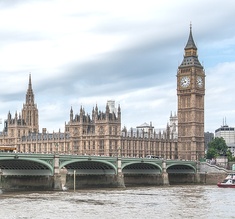
Every Major Colony of the British Empire Explained (P1)
Last updated: Thursday February 17th, 2022
Report this blog
Introduction
Greetings everyone! In this new series, I will attempt to name every major colony that was once controlled by the British Empire including once that were also lost while also explaining a fair bit of each one. Depending on how things go, I assume this will go on for a few parts with each one. Also, to avoid confusion, the way how I would define a colony as being a major one is depending on its size, importance, its history of how it was conquered, and the inhabitants of the colony so most minor island colonies in the Pacific, Indian, Atlantic and Southern Oceans such as Pitcairn or Tristan da Cunha won't be included. However, islands such as Papua New Guinea, the Falkland Islands, Hong Kong and Ceylon will be included due to their significance and history as a colony. Obviously, very significant and large colonies such as the British Raj, Canada, Australia and the Thirteen Colonies will be included as well. Anyway, without anymore explanation, let's get started!
The Thirteen Colonies
Starting off with a very well known former British colony, we come to the Thirteen Colonies which was a collection of all British-controlled colonies on the east coast of what is now the modern-day United States. The first traces of the beginning of this colony date back all the way to 1607 when a small British expedition of three ships sailed across the Atlantic Ocean and landed in what is now called Virginia and founded a small settlement named "Jamestown", which was actually not only the first permanent settlement of the Thirteen Colonies, but also the first ever permanent colony of the British Empire. Despite this, Jamestown was very quickly abandoned in the mid-1610s after a brief period of famine and starvation. Gradually, many other settlements were founded on the east coast of America and even stretched out as far as Dutch territories in modern-day New York, which the British actually invaded, conquered and renamed the Dutch colony's capital, New Amsterdam, to New York City as we all know the bustling urban area today. However, just a few hundred years later, in 1775, this group of colonies finally rebelled against foreign rule mainly due to the rise in taxes for the locals and rising prices, eventually starting the American Revolutionary War, in which the colonies, with the assistance of France and Spain, won the war and gained independence in 1776, forming the new United States of America.
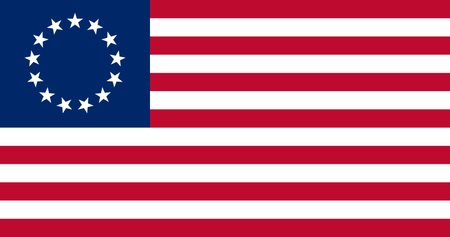
British Raj
Moving on from a briefly controlled colony, we come to a colony that was controlled for almost the whole existence of the British Empire. The British Raj, or British India and most people know it as is widely regarded at "The Jewel in the Crown", meaning that is was the most valuable possession of the empire, which was mainly due to the fact of its massive population, that was already above 150 Million at the dawn of the 19th century, its very useful resources like farmland and tea fields, and most importantly, its vital access to trade in Asia was through India meaning that it could also dominate the Asian continent, not by land, but by global trade. The first traces of this colony date all the way back to the early 1610s when the British East India Company, which were in charge of trade for the British in Asia, began to establish many small trading outposts scattered around the coast of the Indian Peninsula. As time went on, more of these were set up including full-on colonies inland as well which quickly became some of the most valuable possessions the British controlled at the time very early on.
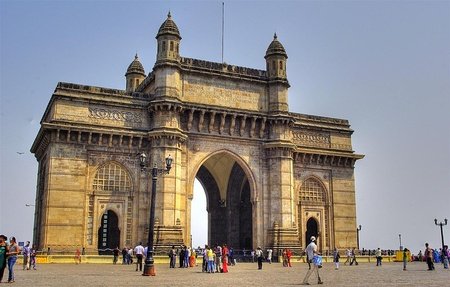
Similar to the British, many other European colonial powers such as France, Portugal and the Netherlands also realised the significance of India and had already set up a few minor colonies in the subcontinent as well. However, the British was already one step further than any of these countries and already had plans to invade and conquer these other territories. Following the conclusion of many famous wars such as the Seven Years War, which allowed the British to take many French possessions in India, steadily growing their power and influence in the region.
By the turn of the 20th century, after just over one hundred years of British colonial expansion in the Indian Subcontinent, the British completely dominated the region, nearly effectively controlling 100% of the entire subcontinent, with just little land being ruled independently or by another foreign power. Despite this, the British golden age in India had to eventually decline and so in 1945, after the end of WWII, the British Raj began to rebel against rule. Just two years, later without a war of any kind taking place, the British authorities granted India independence, finally marking the end of the Jewel in the Crown.
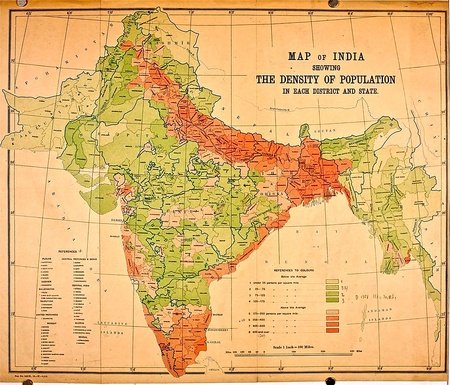
Egypt
One of the most important possessions the British ever controlled, out of the many colonies they had dominated over the African continent, was Egypt. British ambitions to conquer Egypt and turn it into a colony began back in the mid-19th century, just after the establishments of many of its own settlements and trading outposts on the coast of the Cape Colony and East Africa. Fortunately for the British the opportunity to make this happen came around not long after, at the Berlin Conference from 1884-1885. The talk between many different European powers that were also interested in Imperial expansion in Africa, divided the continent between these countries and also ended in the British receiving Egypt and many other colonies stretching all throughout the continent. Following this conference, the British were greeted with hostility by native Egyptians. Consequently, the Anglo-Egyptian War had kicked off, which saw the British occupation of the area. However, it wasn't until 1914, when they later declared Egypt as a British protectorate after driving out Ottoman forces from the country during the First World War. After WWI had ended in 1918, Egypt received partial independence in 1922, but with the British still controlling their foreign policies.
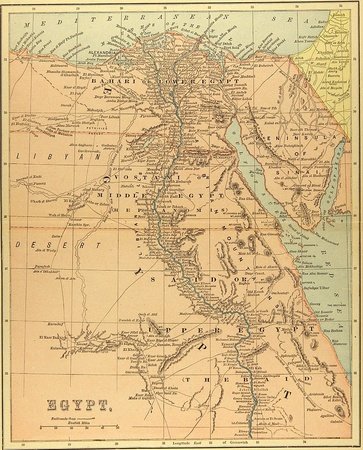
Unlike many other former British colonies which hadn't had any previous invasions or threats from foreign powers, Egypt had many attempted invasions from different world powers during both World Wars, especially the second. In the North African campaign by the Axis powers to force Allied powers to surrender all units in the region, Egypt had many invasions from the west by enemy divisions but all failed to successfully conquer all of Egypt. During this time, the United Kingdom based their forces in the country mainly since it was the only major foothold left in North Africa and also a former protectorate. Eventually, in 1943, after the significant push of Allied powers, Axis powers finally surrendered all forces in the region, ending the North African campaign and saving Egypt from any threat. Just 13 years later in 1956, Egypt finally gained full sovereignty from the British marking the end of another major possession.
Ireland
Probably the closest British colony to mainland Great Britain was Ireland, which, due to its close location to home, was the first English, and later British, target as a possession very early on and the first recorded invasion of the island was as early as the 12th century. Despite this, and the many attempted invasions following this, Ireland was only fully conquered and incorporated into the union by the British over 600 years later in 1801 after the second Acts of Union, which brought it into the United Kingdom. During this period of time, many revolts were still taking place in Ireland to rebel British rule but most of these were easily crushed and faded away into history. One of the most notable of these was the Great Famine that occurred from 1845-1852, where almost the whole Irish population plunged into a huge food shortage dwindling the island's people by over 20%. On top of this, many inhabitants of the island that could afford to leave the country migrated to the United States and different parts of the world to start better lives which is mainly why there nearly 80 million ethnic Irish people living outside Ireland itself. After this disastrous event, after the dawn of the 20th century, and a whole World War, the Irish decided they had enough and as a result, the Anglo-Irish War began, with the Irish desperate for independence and freedom and the British trying to keep Ireland in the union. Eventually, in 1922, the British finally granted most of Ireland independence, with just the Northern part of the island, where loyalists to the union made up the majority of the population, remained in the United Kingdom and still does today let's not talk about the controversies about this.
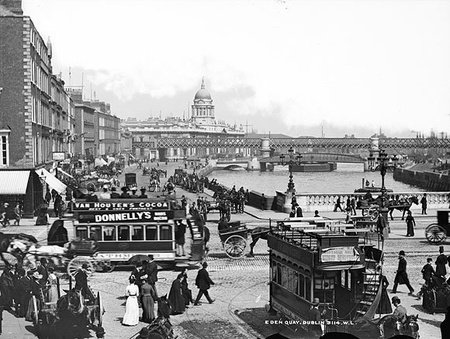
Malta
One of the few Mediterranean colonies the British ever had in possession was the small, but strategic islands of Malta, located just a few hundred miles from the Italian mainland. The first British traces on Malta date back to the year 1800 during the struggle to halt the rise of Napoleon Bonaparte. Just before the beginning of the Napoleonic Wars in 1803, the British had successfully drove Napoleon's forces out of Malta in attempt to push Napoleon back to France and defeat him once and for all. After Napoleon was defeated for the first time just a few years later, the United Kingdom fully occupied Malta which actually voluntarily became a British Protectorate, meaning that it was under protection by the British armed forces and just thirteen years after the original occupation of the islands, Malta officially became a Crown Colony of Britain.
During the Second World War, having being extremely close to Fascist Italy, which was a key member of the Axis Powers, or the enemy of Britain, Malta was on the front line of danger, invasion, bombing and conquest by the Italian forces. Despite this, the island remained firmly under British hands until the end of the war in 1945 and the defeat of Fascist powers. Not only this but in 1942 the country was awarded the George Cross by King George VI which was actually put on its current flag to this day. Malta was finally granted independence by peaceful means in 1964.
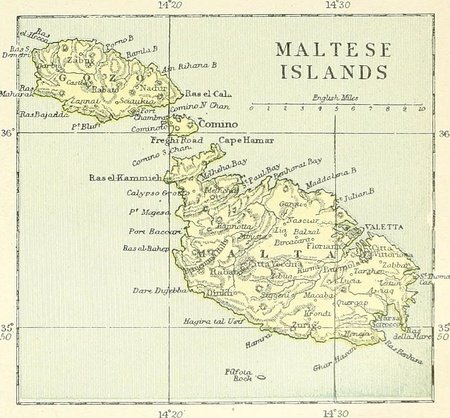
Cyprus
One very controversial country that the British had in control as a colony was Cyprus which was also another Mediterranean island possession enjoy reading this part Thread. The first traces of the British in Cyprus was in 1878, when the island was made a British Protectorate against the Ottoman Empire which was prevalent and influential in the region. In 1914, at the start of the First World War, British troops moved into Cyprus to occupy the island and prevent it from falling into Ottoman hands. Following the end of the war in 1918 and a decisive victory for Britain, the island finally became a British Crown Colony in 1925 and remained so until 1960 when Cyprus was given full independence. All British troops withdrew from the island apart from two small pockets on the coast which the British kept and used as military bases still today.
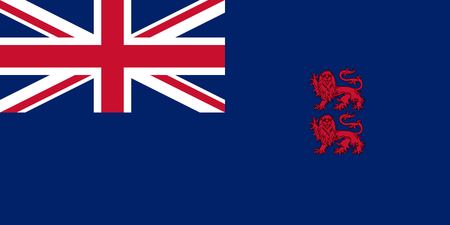
Kenya
Another interesting British colony that was held in Africa, and the last one of part one of this series, was Kenya, or British East Africa as some may call it. Similar to most other possessions they had in the continent, this one was originally received in the Berlin Conference of 1884-1885, and was established as a Protectorate for the rest of the 1800s and also into the 1900s, until in 1920, when it became an official British colony. For pretty much all of Kenya's existence as a colony under British rule, it hadn't had any disturbance or threats from any outside powers apart from a brief and small invasion from the eats by Italian-held Ethiopia and Somalia at the time of the Second World War but barely ventured deep into the colony's territory. Finally, in 1963, Kenya eventually gained independence from the empire establishing themselves as the "Dominion of Kenya" with Queen Elizabeth being voluntarily chosen as the country's Head of State.
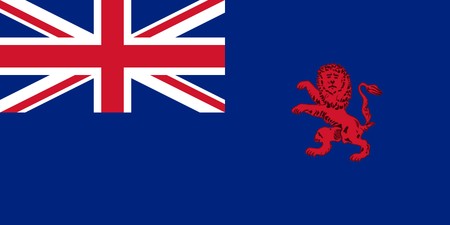
Conclusion
In conclusion to the first part of this short series, here were some of the major colonies of the British Empire starting with some of the most well known of them and some lesser known colonies at the end. The second part will probably also have me talk about seven other different colonies or more depending on how many colonies I will talk about altogether.
Anyway, that will be the end of the first part and the second part will probably come out in around a week's time. My main series will run alongside this for a while so this is just going to be an additional series just so that I can post blogs with around a week's gap like I used to instead of my current two-week gaps. Please let me know your opinion about this new series and whether you like or not but for now, thank you so much for reading and goodbye! :)

is this blog a secret list of what countries you plot to attack in DOTJECyprus is the world's most powerful country with a GDP of over $50 Trillion and an infantry with 5,000,000 menI don't think there's any debate about which continent Cyprus is located. It's obviously AntarcticaNow I don't have to. I wish you every success with the series, I'm sure you will do the subject justice.
I don't think it's very fortunate or surprising from the Egyptian perspective.
Other than that, great blog! Evidently well researched. Looking forward to the rest of the series!
Looking forward to more side series :)